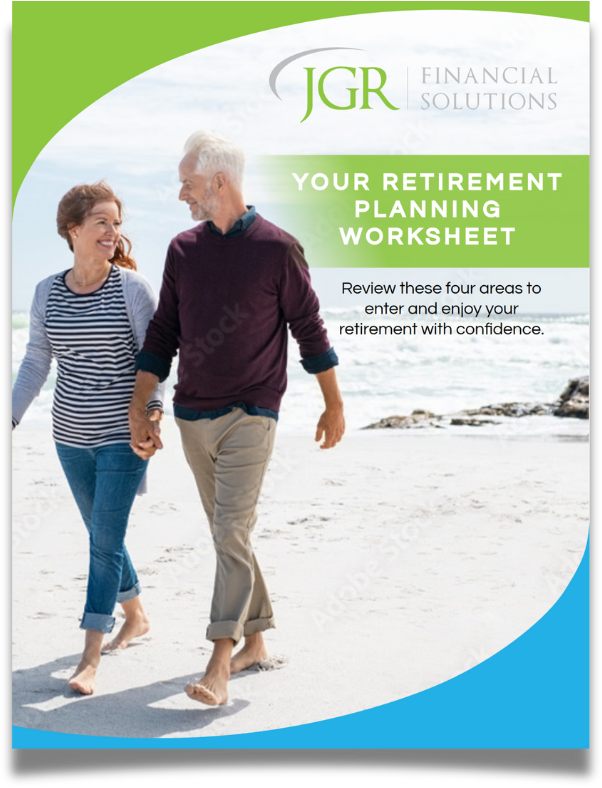As a fee-only financial advisor at JGR Financial Solutions in Canton, Ohio, I work closely with retirees to ensure their savings last through a long and fulfilling retirement. For years, a “4% rule” was a go-to guideline: withdraw 4% of your portfolio in year one, adjust for inflation annually, and expect the money to last 30 years. It was straightforward and based on historical market data. But in 2025, with longer lifespans, unpredictable markets, and persistent inflation, this rule feels less reliable. Retirees often need funds to stretch 35 years or more, requiring flexible, sustainable approaches tailored to today’s realities.
Why the 4% rule may not be enough
The 4% rule assumed steady market returns, moderate inflation, and a balanced stock-bond portfolio. Today’s landscape is different. People are living longer, with many planning for age 92 or beyond, thus increasing the risk of outliving savings. Market swings, like those seen in recent years, can hit portfolios hard early in retirement, a problem known as sequence-of-returns risk. Inflation, while lower than its 2022 peak, hovers around 2.7% as of mid-2025, eating away at purchasing power. Taxes also complicate things: withdrawals from traditional IRAs or 401(k)s are taxable, and while some states, like Ohio, don’t tax Social Security, other retirement income may face state and federal taxes. As such, retirees may be wise to now consider more adaptive strategies.
Other ways to withdraw funds
To navigate these challenges, retirees can use dynamic strategies that adjust to economic conditions and personal needs. Here are two practical approaches:
Guardrails Approach: Instead of a fixed 4% withdrawal, set flexible boundaries based on your portfolio’s value. For example, start at 4% but cut withdrawals by 10% if markets drop significantly, or increase by 10% during strong years. This method, developed by Jonathan Guyton, helps protect against market downturns and can extend your portfolio’s life by several years while still allowing for inflation adjustments.
Guardrails Approach: Instead of a fixed 4% withdrawal, set flexible boundaries based on your portfolio’s value. For example, start at 4% but cut withdrawals by 10% if markets drop significantly, or increase by 10% during strong years. This method, developed by Jonathan Guyton, helps protect against market downturns and can extend your portfolio’s life by several years while still allowing for inflation adjustments.
Bucket Strategy: Divide your portfolio into “buckets” based on time horizons. A short-term bucket (1-5 years) holds safe assets like bonds or cash to cover immediate needs. A medium-term bucket (5-10 years) balances growth and safety, while a long-term bucket (10+ years) invests in stocks for growth. Withdraw from the short-term bucket first, refilling it from others as markets allow. This approach reduces the need to sell during downturns and aligns with inflation and tax planning. To optimize further, align buckets with tax treatments: for instance, place short-term funds in after-tax brokerage accounts, where qualified dividends and long-term capital gains are taxed at lower rates, providing liquidity without a big tax hit. Use Roth accounts for the medium-term bucket, enabling tax-free growth and withdrawals. Reserve pre-tax accounts like traditional IRAs for the long-term bucket, deferring taxes until later when you might be in a lower bracket. By sequencing withdrawals strategically—perhaps tapping taxable accounts first—you can manage annual taxable income, stay in lower tax brackets, minimize Medicare premium surcharges, and reduce overall lifetime taxes.
Both strategies require customization with your health, spending habits, and goals shaping the plan.
Building and maintaining your plan
Creating a sustainable withdrawal plan is about more than picking a strategy…it’s about building a retirement roadmap that evolves with you. Start by assessing your needs, income sources, and tax situation. Monitor your plan regularly, perhaps quarterly or annually, to adjust for market shifts, inflation, or life changes like healthcare needs. Staying proactive ensures your savings support your retirement vision, whether that’s travel, family time, or peace of mind. At JGR Financial Solutions, we guide retirees through this process with a fiduciary commitment to your best interests.
Take the first step. Build a plan, monitor it, and adjust as needed to enjoy a confident retirement.
Ready to take the guesswork out of your financial future? Schedule a Discovery Call now.


